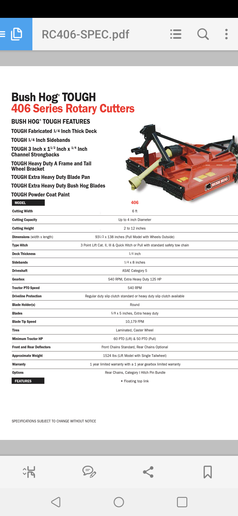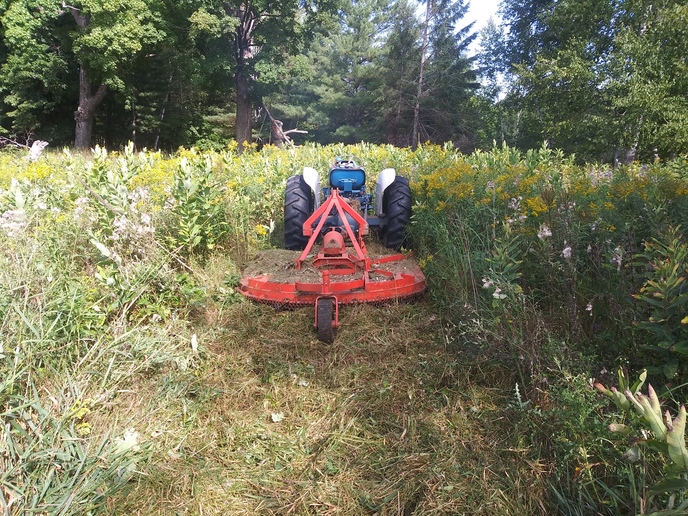FiremanKyle
Member
Got a 9N and a 2N(2N only with the Sherman transmission). Seeking to get a finish mower and Brush Hog. Was wondering what size I should go with. Got a 4' Brush Hog that's run behind the Farmall Super A, but thought I'd like to go a little bit bigger and wasn't sure if 6' is too big. I know the 4' Brush Hog Dad and I have taken down smaller trees (maybe 2" diameter) with a couple passes, since the A is offset and sits higher than the N's.
The one field we do is mostly grass (for the brush Hog once or twice a year), along with occasional branches that have fallen down. So granted with a 6', I am not looking to take down those sizeable trees, but what do other N users run for their mowing & Brush Hogging sizes?
The one field we do is mostly grass (for the brush Hog once or twice a year), along with occasional branches that have fallen down. So granted with a 6', I am not looking to take down those sizeable trees, but what do other N users run for their mowing & Brush Hogging sizes?








